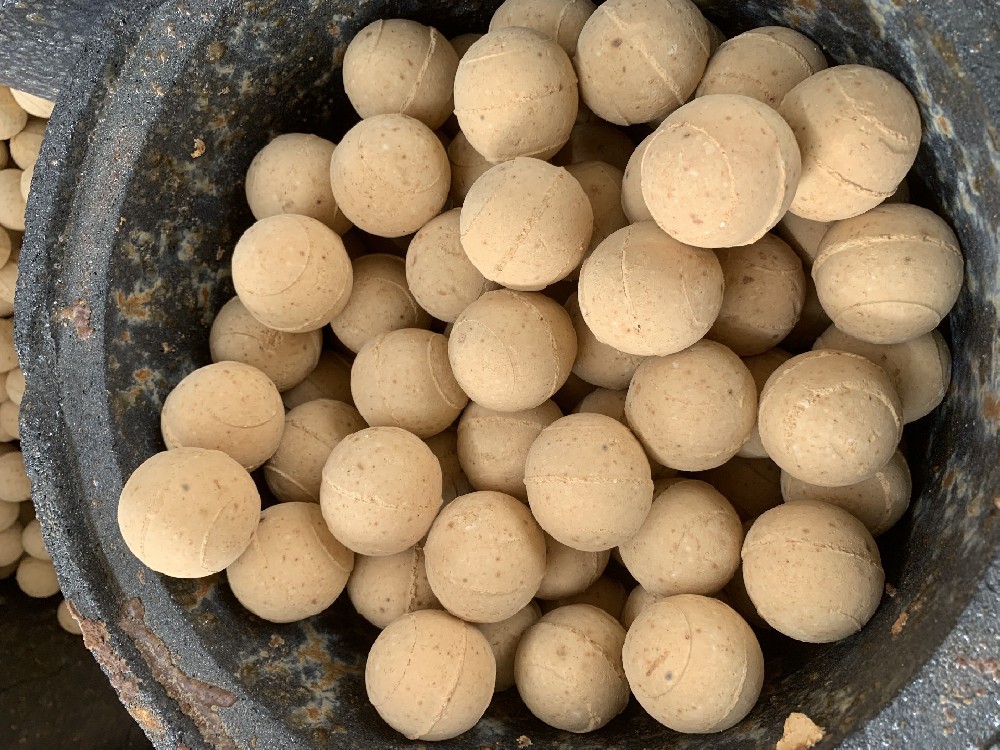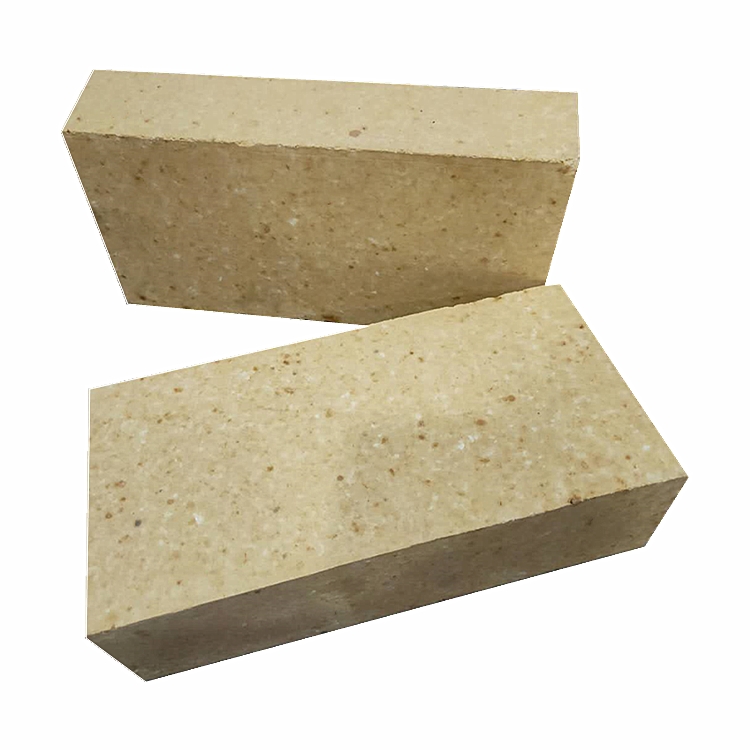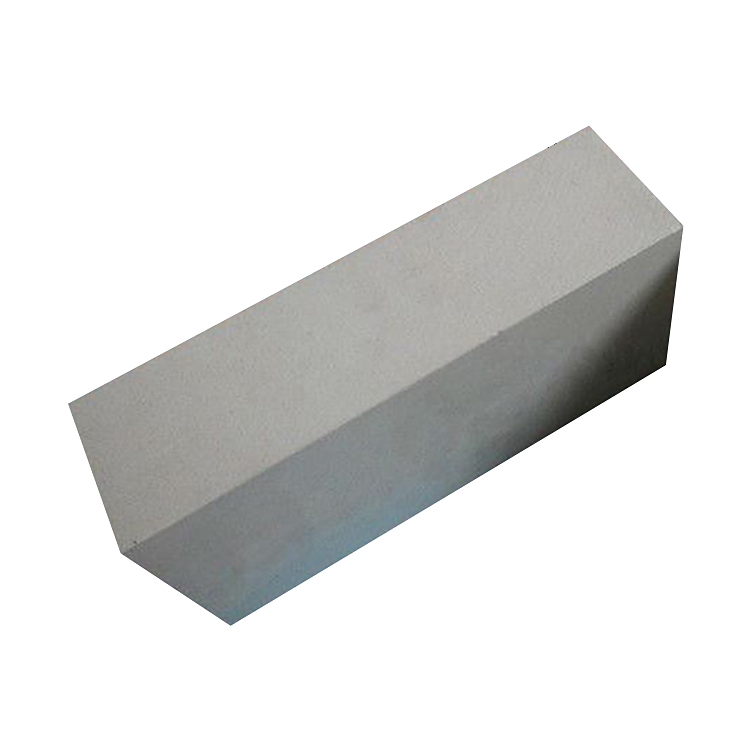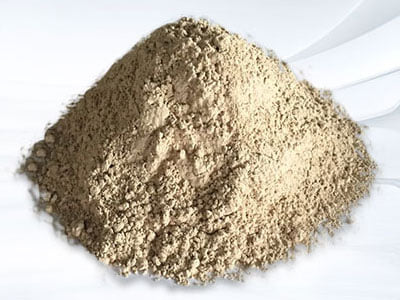Technology and raw material characteristics of zirconia refractory products
Why should the raw materials for zirconia products be stabilized? How to stabilize?
ZrO2 raw materials for zirconia refractory products can be made from zircon concentrate (or industrial zirconia) by chemical treatment. There are two variants of ZrO2, which are monoclinic ZrO2 (density 5.68g/cm3) below 1000°C, and denser tetragonal ZrO2 (density 6.10g/cm3) at 1000°C. The transition between monoclinic and tetragonal is a reversible fast transition. During the cooling process, this transformation is accompanied by a 7% volume expansion, which is prone to cracking of the product. Therefore, it is necessary to stabilize ZrO2 to make stabilized zirconia.
The stabilization process is as follows: generally, zirconia raw materials containing more than 96% ZrO2 and stabilizers are used for grinding and mixing in a ceramic ball mill for 8 to 24 hours, and then a small amount of binder is added to form compacts under the pressure of 60 to 100 MPa. The purpose of briquetting is to make the powder particles in close contact, promote the solid-phase reaction, and is conducive to uniformity and stability. According to the specific process requirements, the compact is kept at 1450~1800℃ for 4~6h for stabilization. Finally, it is crushed into powders of different particle sizes to obtain stabilized zirconia. Stable materials at 1800°C are not easy to be finely ground, and are mostly used as aggregates in compression molding or pellets for plasma spraying.
Stabilizers used in the stabilization process are oxides such as CaO, MgO, Y2O3, Nb2O3, CeO2 whose structure is close to that of ZrO2. The difference between the above cation radius and Zr4+ ionic radius is not more than 7%. It can form cubic solid solution with ZrO2 to stabilize ZrO2. CaO is the most effective, and the addition amount is 3~8%, followed by MgO (note that when MgO is used to stabilize zirconia, it cannot be heated for a long time between 900 and 1400s, otherwise it will fail). The widely used stabilizers are CaO and MgO and their mixtures, which are mostly added in the form of Ca(OH)2, CaCO3, CaF2, CaCl2, synthetic CaZrO3 and MgO, MgCO3, Mg(OH)2, MgF2, etc.
When casting zirconia products, the effect of particle composition on the casting and sintering properties of products
From the point of view of whether the mud can be poured, when the critical particles in the mud are below 18/μm, the fine particles smaller than 1 μm must be no less than 20% before pouring. Grinding for 80h has the best pouring performance. If the grinding time is increased, the viscosity of the mud will increase if the mud is too fine, and the maximum degumming range will be reduced, and it is difficult to fully degumming. When pouring coarse-grained mud, the gypsum mold used should be less absorbent to reduce the tendency to appear "laminated". The concentration of mud should be 70% or 80%.
Decisive for sintering is the critical particle size and the content of fine particles less than 1 μm. The mud grinding time is up to 80h, the critical particle is not more than 5μm, and the fine particle less than 1μm is not less than 35%, and it can be well sintered at 1800 ℃ for 2h. The coarser the particles, the smaller the sintering shrinkage, the more difficult sintering, or even impossible to sinter.
Properties and uses of zirconia
Zirconia has a melting point of 2677°C and a very low thermal conductivity, making it an excellent structural material for high-temperature furnaces. Zirconia has a Mohs hardness of 6.5, a density of 6.10g/cm3 (square), high structural strength at high temperature, good chemical stability, low high temperature vapor pressure and decomposition pressure, and low thermal conductivity.
The maximum operating temperature of ZrO2 crucible can reach 250℃. It can smelt platinum group precious metals such as platinum, palladium, ruthenium, cesium and their alloys. It can also be used to smelt potassium, sodium, quartz glass, oxides and salts.
ZrO2 can also be used as thermocouple protection tube, heating element of high temperature furnace, reflective material of atomic reactor, etc.
-

Thermal storage alumina balls
The Thermal storage alumina ballsis made of industrial alumina and refractory kaolin as the main raw materials through scientific formula, forming and high-temperature calcination.Thermal storage alumina ballss are divid··· -

Anti-stripping high alumina brick
Use description of Anti-stripping high alumina brick1. Anti-stripping high alumina brick has a good application in low temperature parts such as large and medium-sized cement precalciner, kiln smoke chamber, indoor decom··· -

Anti-stripping high alumina bricks
Anti-stripping high alumina bricks are made of high alumina bauxite clinker, mullite, kyanite, zircon sand, and binder after granulating and powdering processes, mixed in a certain proportion, pressed into shape, and fir··· -

silica hot repair refractory
Performance index of silica hot repair refractoryThe material is a kind of plastic unshaped refractory material, its main component is SiO2, it is made of special clinker and various binders and additives, and it is proc···

